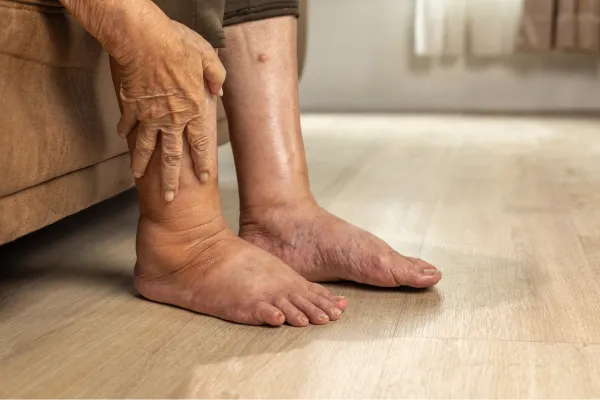
Charcot Foot in Diabetes: Why Fast, Calm Care Matters
If you live with diabetes, you probably already keep a close eye on your feet — and for good reason. One rare but serious condition to know about is Charcot foot. It’s a problem that happens when nerve damage (neuropathy) causes the bones and joints in your foot to weaken and break without you even realizing it.
The tricky part? It can start quietly, with only mild swelling or warmth. But without quick attention, Charcot foot can cause your foot to lose its shape, making it hard to walk and easy to get wounds or ulcers.
What Exactly Is Charcot Foot?
Charcot foot happens when the bones in your foot become fragile because of nerve damage from diabetes. Since you may not feel pain normally, you might keep walking on an injured foot — and that makes things worse. Over time, the bones can shift or collapse, creating a “rocker-bottom” shape.
This isn’t just about looks — it can lead to long-term disability if not treated early.
Early Signs to Watch For
It’s easy to miss the early signs of Charcot foot because they can look like something simple, like a sprain. Watch for:
Swelling in one foot (but not the other)
Redness or warmth
A feeling that your foot is “puffy” or weak
Changes in shape over time
If you notice any of these, don’t wait — see a podiatrist right away.
Why Fast, Calm Care Makes All the Difference
Charcot foot moves fast — but the best results come when your care team moves faster. Quick treatment can stop the damage before it gets worse.
Here’s what your podiatrist may do:
Immobilize the foot with a cast or boot to stop pressure and allow healing
Limit weight-bearing to prevent further bone collapse
Custom braces or shoes once things have stabilized to keep your foot supported
The “calm” part is just as important. It’s easy to panic when you hear “Charcot foot,” but with the right care plan and close follow-up, many people recover well and stay mobile.
How to Protect Your Feet if You Have Diabetes
Even if you don’t have Charcot foot, daily foot care helps lower your risk:
Check your feet every day for swelling, color changes, or cuts
Always wear shoes (even indoors if possible)
Keep your blood sugar well managed
See your podiatrist regularly for diabetic foot checks
The Bottom Line
Charcot foot is serious, but catching it early makes a huge difference. Fast action and calm, consistent care can protect your mobility — and your independence.
If something feels off with your foot, don’t wait and see. Call your podiatrist and get it checked right away.




